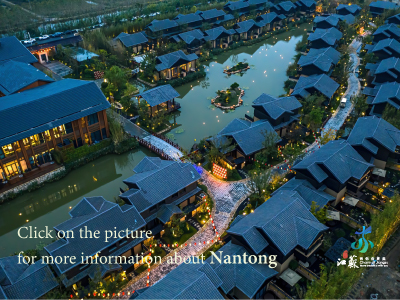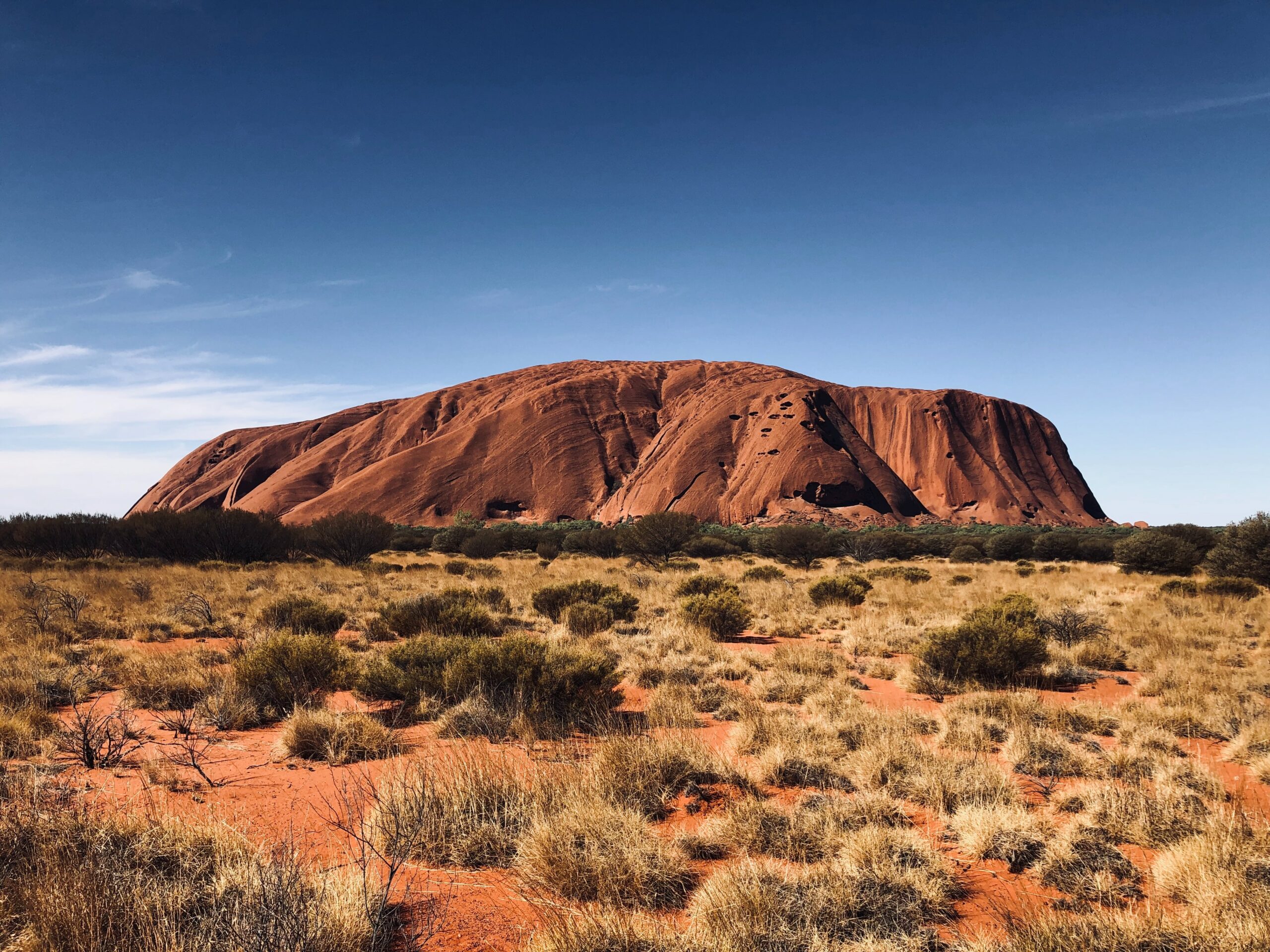“SIZE and isolation” and “cultural uniqueness” are two key drivers of travel inspiration that were highlighted by Tourism Australia Managing Director Phillipa Harrison earlier this year as central to the “depth and breadth of the Australian story”, as we continue to broaden perceptions of what it is like to visit our country.
There’s no doubt we have plenty of work to do in both areas, but focusing on “size and isolation” may be an issue for some travellers, with Australia self-reporting that it emitted three times the global average of greenhouse gases per capita pre-pandemic.
As an isolated country, with even more isolated population centres, travelling to Australia is not an eco-friendly exercise and likely never will be. However what it can be is a culturally distinctive one, owing to the Indigenous culture of our country – one of Earth’s oldest.
International visitors love our cities, like Sydney, Melbourne, Brisbane and Perth, but let’s face it – there are global urban destinations out there far more impressive than ours, many of which aren’t as expensive to travel to, and not as far away.
Likewise, our tropics and marine parks are spectacular, but as the global tourism carbon footprint increases, might millennial visitors considering staying away so as to help protect what we’re failing to safeguard ourselves?

Far younger civilisations than those of our First Nations people receive much greater attention in the countries that birthed them: travellers flock from all over the world to see the exploits of ancient Egypt, and Mexico scores a roaring trade off the back of its promotion of Mayan culture and history.
Of course, these civilisations are far more well-known, and their achievements far more visible. Australia doesn’t have the Great Pyramids of Giza, nor do we have Chichen Itza’s ‘El Castillo’.
What we do have, though, is Uluru, one of our most recognisable natural landmarks, which also happens to be one of the most important Indigenous sites in our country.
Sacred to the Aboriginal people of the area, the Anangu people, the Australian tourism industry should look to further leverage Uluru to explain why our country’s Indigenous history is so important and special, and deserves the devotion of travellers.

After all, it’s one thing to simply tell an arrival that they should care; but to explain to a visitor that we no longer climb this gigantic sandstone formation because of its incredible significance to the Anangu people is instructive as to how deeply connection to the culture of this land runs.
This campaign to convey the significance of our Indigenous history to travellers must be widely understood locally, which Tourism Australia already recognises through the myriad of specific resources available to tourism stakeholders.
It must also bleed through in domestic travel first, and it is beginning to, particularly with some cautious locals choosing to holiday close to home in the post-pandemic world. More Australians are seeking out an Indigenous experience than ever before, which will surely soon encourage more international travellers to do so too (when in Rome).
With all this in mind, it is worth asking: is our industry doing enough to champion Indigenous Australia as not just one reason, but the reason to travel to our country?
Fully unlocking this sector of our tourism market may be the key to arriving at the hallowed oasis of meeting (and exceeding) pre-COVID results for our industry, and returning our Indigenous culture to where it belongs: taking pride of place in our great land.







